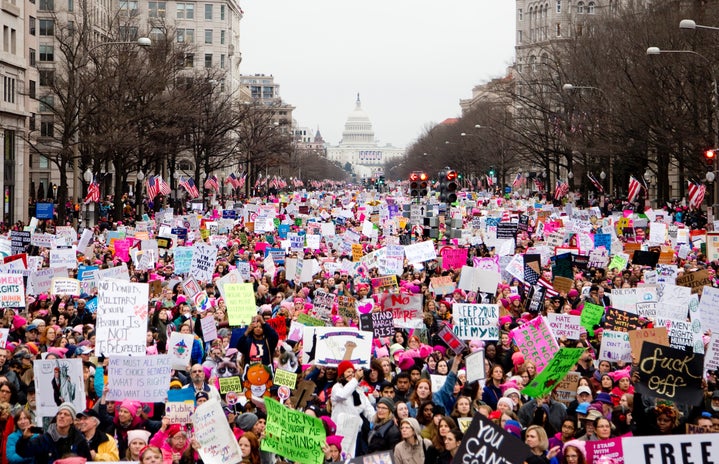When I saw this date pop up last week (March 8th) I thought, ‘this is really great’, but admittedly, I didn’t know much about it or the history behind the day itself. To me, it means celebrating and empowering women: recognising our achievements, our sacrifices and how far we still have to go to achieve gender equality across the globe. Does that sound about right? Or, maybe there isn’t a “correct” definition for International Women’s Day (IWD), and what it means may vary from person to person, and from country to country.
Is it just another day for people to post on their social media? Arguably, this activity may be important in terms of spreading awareness of IWD… but it can also be pretty meaningless too, as people jump on yet another social media trend and repost #GIRLPOWER just to give off a “feminist” persona online (with no long-lasting effects off-line). The real question is, to what extent does this actually contribute to IWD and the original aim(s) of this day?
A great place to start is to learn about the day itself and how to get more involved, and the International Women’s Day website is a brilliant resource for this. On the website, they define IWD as ‘a global day celebrating the social, economic, cultural and political achievements of women’ which also ‘marks a call to action for accelerating gender parity’.
The history of IWD goes back well over a century, with the first official gathering in 1911 which was supported by over a million people in Austria, Denmark, Germany and Switzerland – interestingly, all countries within Europe. At this stage, IWD was a relatively small phenomenon among a cluster of countries. However, since then, support and awareness has been growing all over the world. It goes without saying that activists such as the Suffragettes were campaigning long before this date for women’s equality.
I have done some research to see what people were actually doing to celebrate this day and to figure out if there is even a “right” way to spend IWD. Essentially, IWD is a campaign, and the focus for 2019 was the hashtag #BalanceforBetter. What does this mean to you? For me, it means striving for equality between the genders and for gender-balance: for a “better” society. The IWD website signposted events to attend on this day, such as the IWD Flagship Events, including anything from concerts and conferences to fun runs and festivals – inclusively inviting anyone to ‘raise awareness, celebrate achievement or rally for change’.
There is the argument about whether this day is still necessary in 2019 if originally IWD was a campaign for women’s equality. Do you think we have achieved this in 2019? Or do we still have a long way to go? Should we draw attention to gender equality on a single day of the year, or should this be a fight every single day?
You may think that in 2019 we are there. But we’re not. According to the World Economic Forum, the gender gap won’t close until 2186. More research by the World Economic Forum claims it could take another 100 years before the global equality gap between men and women completely closes, and a recent public example of this was the public resignation of BBC journalist, Carrie Gracie over her inability to receive equal pay at work.
You may be wondering, after all this talk on ‘gender equality’, if there is an International Men’s Day. And you can bet that there is. It takes place on November 19th every year.
For future reference, here are the main ways you can involve yourself in IWD:
- Pledge for parity (via the IWD website)
- Go to an event
- Create your own event
The next IWD is 8th March 2020, so why not start getting ready now?


